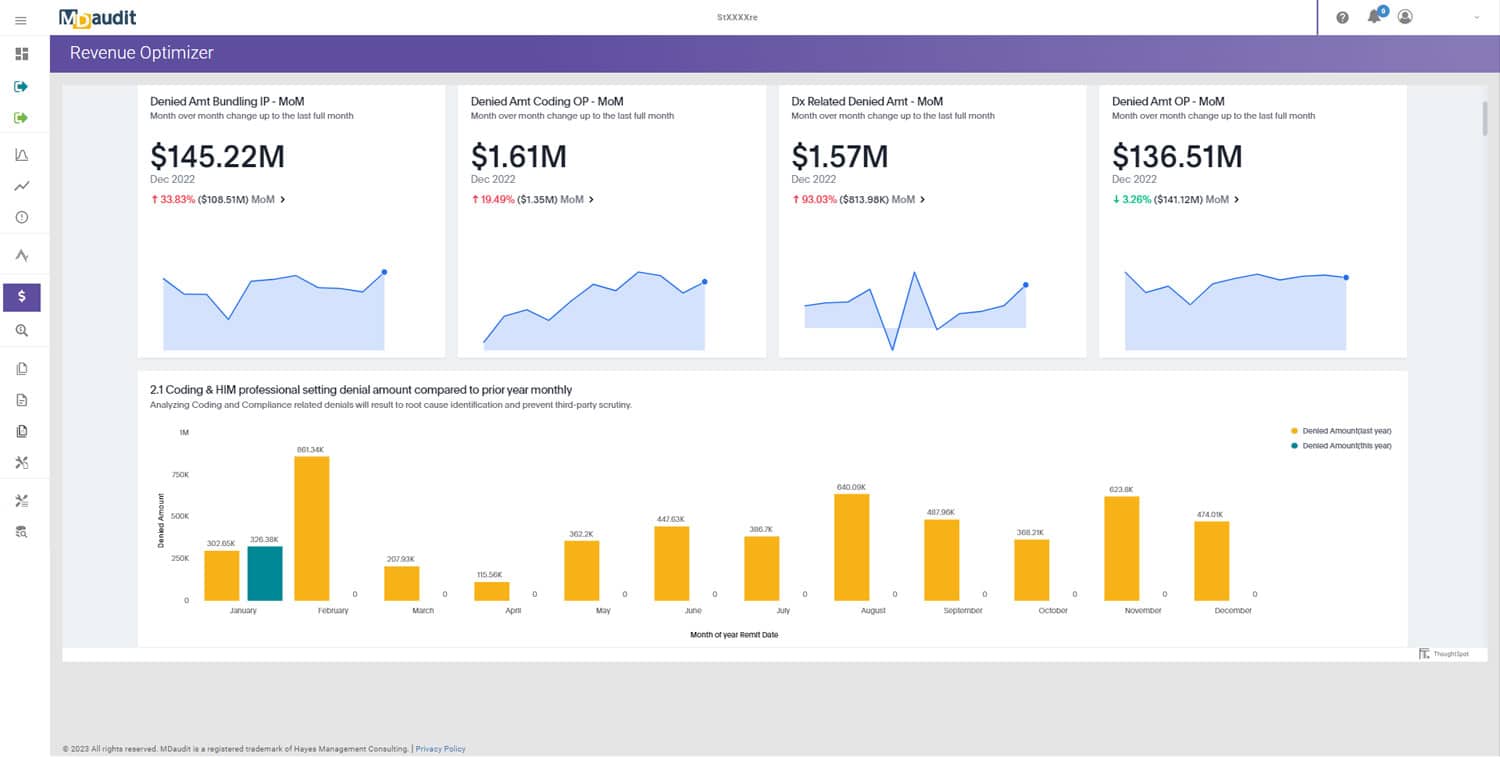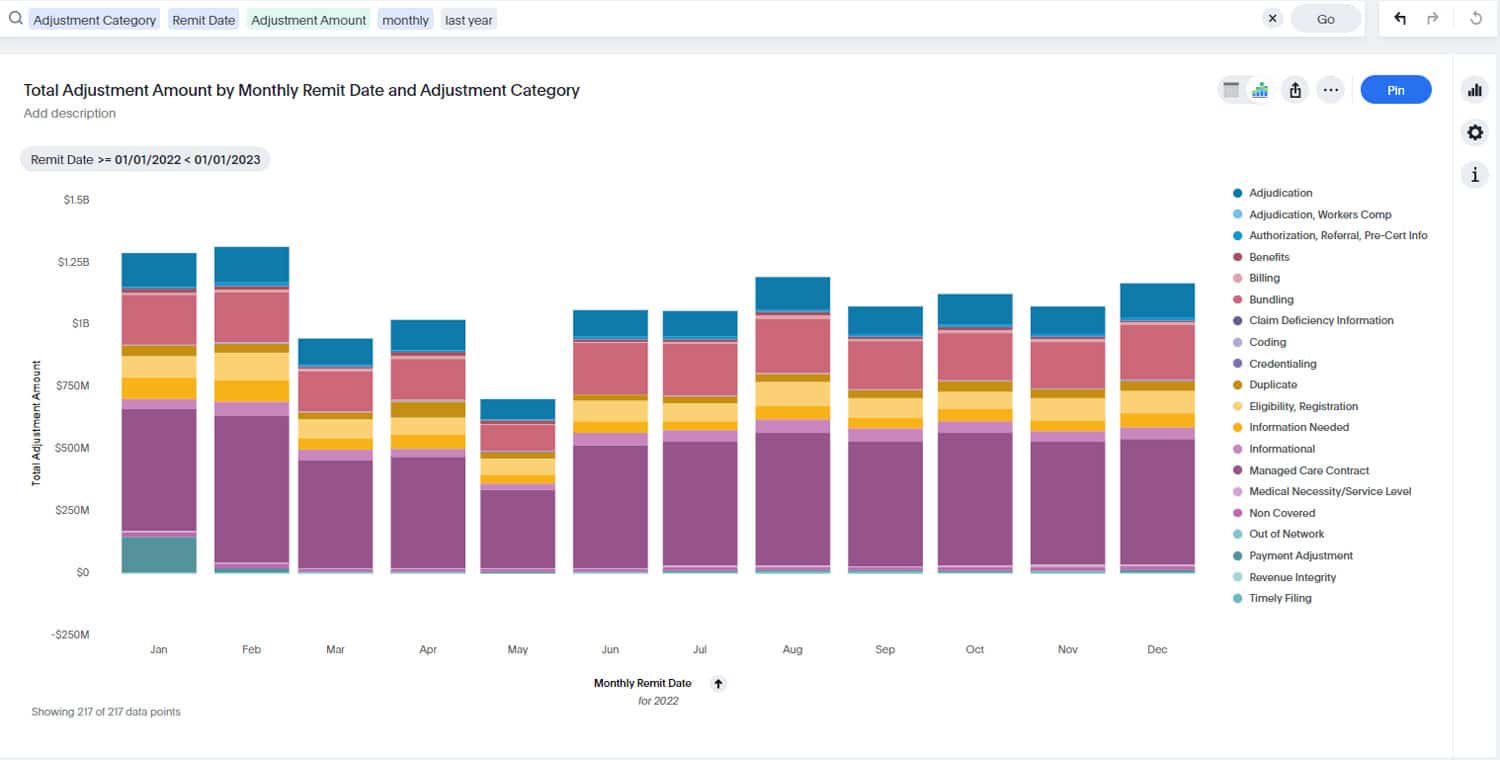Healthcare billing compliance is rapidly evolving. Where audit teams once relied on periodic, sample-based reviews, today’s organizations recognize that waiting months to uncover coding errors or documentation gaps can lead to significant financial losses. Risk-based internal audit software empowers compliance leaders to move beyond random sampling and embrace a data-driven approach. By continuously evaluating every claim through predictive analytics, healthcare systems can intercept high-risk billing issues in near real time—improving accuracy, preventing overpayments, and ensuring audit resources are focused on the areas of greatest impact.
From Random Sampling to Intelligent Audit Selection
Traditional audit sampling draws a fixed percentage of claims for review, regardless of their complexity or dollar value. This approach often misses emerging patterns, such as an uptick in modifier misuse within a particular specialist group. With risk-based software, every claim is scored automatically based on a range of indicators—coding irregularities, historical denial triggers, and provider-level outliers. Claims with the highest risk scores flow directly into the cloud-native Audit Workflows module, where compliance staff assign investigations, track progress, and document findings. This seamless integration ensures that the rare but costly billing anomalies are unearthed quickly, rather than hidden within a random sample.
Protecting Revenue Through Early Intervention
One of the most powerful benefits of risk-based auditing is its preventive potential. When high-risk claims surface before submission, coding teams can correct errors—such as inappropriate use of intensive procedure codes or missing informed-consent language—thereby avoiding denials and recoupments. A major health system reported intercepting over $1.2 million in potential overpayments during its first year of risk-based audits, simply by targeting the top five percent of claims flagged for elevated risk . These early interventions preserve cash flow and spare compliance teams from the time-intensive appeals process that often follows traditional audit findings.
Optimizing Audit Resources for Maximum Impact
Compliance departments frequently operate under tight staffing constraints. Risk-based internal audit software addresses this challenge by prioritizing claims not only by risk score but also by projected financial exposure. High-value encounters—such as complex surgical procedures—are automatically elevated for immediate review when their risk metrics exceed predetermined thresholds. This capability aligns auditing efforts with organizational goals, ensuring that compliance analysts focus on the claims that pose the greatest threat to revenue integrity. Over time, as auditors validate findings and record outcomes, the software’s machine-learning models retrain on real-world results, refining their accuracy and further optimizing resource allocation.
Unifying Compliance with Revenue Integrity
Beyond individual audits, a holistic view of revenue integrity emerges when audit findings link directly to financial analytics. The Revenue Integrity Platform ingests remittance data alongside audit results, quantifying the dollar impact of each coding or documentation exception. Compliance leaders gain clear visibility into how denied or adjusted claims affect net revenue. This unified approach turns compliance from a cost center into a strategic business driver, as teams can demonstrate hard savings from prevented denials and recouped underpayments.
Continuous Improvement Through Closed-Loop Feedback
A hallmark of advanced risk-based audit software is its closed-loop architecture. Every time an auditor confirms or dismisses a flagged claim, that outcome feeds back into the analytics engine. Over successive audit cycles, false positives decrease and the system’s confidence in identifying true risks grows. This continuous improvement reduces wasted audit effort and heightens trust in the platform’s recommendations. Moreover, by analyzing aggregated audit data, compliance leaders can identify systemic training needs—such as repeated errors in split-shared service documentation—and deploy targeted educational initiatives to resolve root causes.
Seamless Integration with Core Healthcare Systems
To deliver these capabilities effectively, risk-based audit software must integrate deeply with a healthcare organization’s ecosystem. Electronic Health Record extracts, billing engine feeds, and Electronic Remittance Advice files all flow into the analytics platform via secure APIs or standard electronic data interchange. When documentation gaps or coding anomalies arise, tasks surface natively within the audit workflow environment, eliminating the manual handoffs and spreadsheet tracking that slow traditional programs. This interoperability accelerates investigations and ensures that corrective actions—whether a coder adjustment or a clinician education session—occur in the context of the underlying data.
Ensuring Security and Compliance
Handling protected health information demands rigorous safeguards. Leading platforms maintain Health Insurance Portability and Accountability Act (HIPAA) compliance and often hold HITRUST certification, implementing end-to-end encryption, role-based access controls, and immutable audit logs. These security measures protect sensitive patient data throughout ingestion, analysis, and archival stages, providing both regulatory peace of mind and robust defense in the event of an external review.
Partnering for Successful Deployment
Achieving the full potential of risk-based internal audit software requires more than technology installation. Organizations should secure executive sponsorship, establish a cross-functional governance team, and define clear success metrics—such as percentage reduction in overpayments or denial rates. Data validation is critical: each feed must be mapped and tested prior to go-live to ensure completeness and accuracy. Role-based training equips auditors, coders, and compliance officers with the skills to interpret risk scores, navigate workflows, and document findings effectively. Ongoing vendor partnership—through responsive support and regular model-calibration sessions—keeps the program aligned with evolving regulations and organizational priorities.
The Road Ahead: Advanced Analytics and AI
As healthcare billing grows increasingly complex, the next generation of risk-based audit software will incorporate agentic AI assistants to draft audit reports and recommend corrective actions autonomously. Federated learning models may allow de-identified data sharing across provider networks, refining risk detection while preserving patient privacy. And blockchain-backed audit trails could deliver immutable, transparent histories of every review action—simplifying regulatory inspections and strengthening defensibility.
Conclusion
Risk-based internal audit software represents a seismic shift in healthcare billing compliance. By replacing random sampling with continuous, analytics-driven selection, healthcare organizations can detect and resolve high-risk claims in real time, preserve revenue, and optimize scarce audit resources. Platforms like MDaudit’s unified suite—spanning Audit Workflows, Continuous Risk Monitoring, and the Revenue Integrity Platform—empower compliance teams to transform billing accuracy from a reactive necessity into a strategic advantage. To explore how risk-based auditing can elevate your compliance program, request a demo today.










